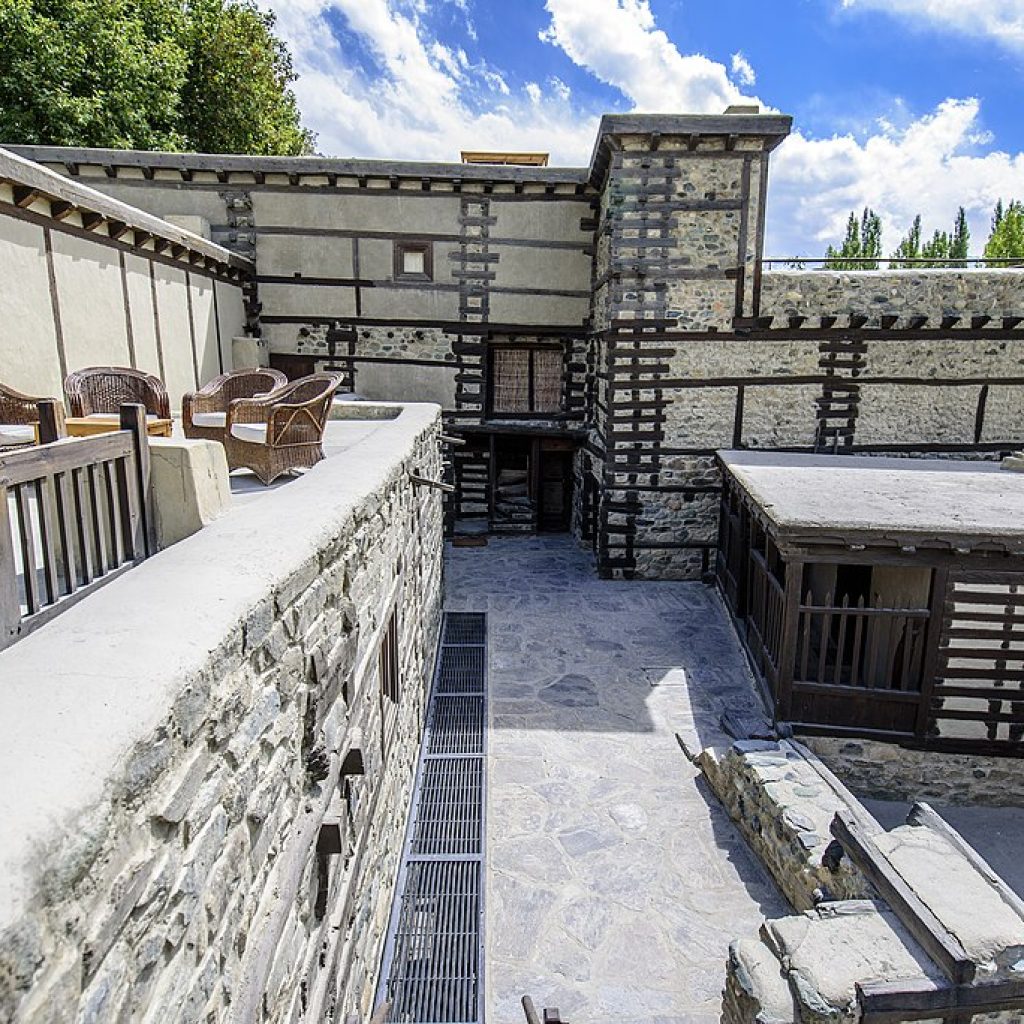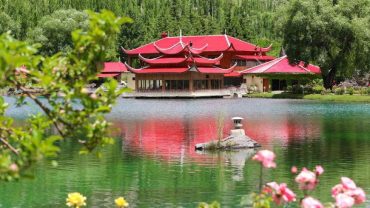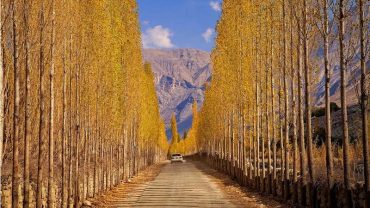
Nestled in the serene Shigar Valley, just 32 kilometers from Skardu, Shigar Fort (locally known as Fong Khar, meaning “Fort on the Rock”) is a 17th-century architectural marvel that offers a captivating blend of history, culture, and natural beauty. Once the royal residence of the Amacha Dynasty, rulers of the Shigar region, this fort has been meticulously restored and transformed into a luxury heritage hotel, making it a must-visit destination for travelers seeking to immerse themselves in the legacy of Gilgit-Baltistan.
Historical Significance
- Built in 1634 by Hassan Khan, a descendant of Tibetan royalty, the fort served as the political and cultural hub of the Shigar Valley for centuries.
- It symbolizes the fusion of Tibetan, Islamic, and Balti architectural styles, reflecting the region’s role as a crossroads of ancient trade routes.
- In 1999, the Aga Khan Trust for Culture undertook its restoration, preserving its authenticity while converting it into a boutique hotel and cultural center.
Architectural Highlights
The fort’s design is a masterpiece of traditional Balti craftsmanship:
- Wooden Carvings: Intricate motifs adorn doors, pillars, and ceilings, showcasing Tibetan Buddhist influences.
- Stone Masonry: Built with locally sourced materials, the fort’s thick walls and courtyards are designed to withstand harsh winters.
- Four-Story Structure: Includes a royal residence, guest rooms, a mosque, and a prison, offering a glimpse into the lives of Balti royalty.
- Gardens and Water Channels: Inspired by Mughal-era landscaping, the fort features serene orchards and irrigation systems.
What to Experience at Shigar Fort
- Stay in Royal Splendor:
- The fort now operates as the Serena Shigar Fort Hotel, where guests can sleep in restored royal chambers adorned with antique furnishings and modern comforts.
- Explore the Heritage Museum:
- Housed within the fort, the museum displays artifacts like traditional costumes, weaponry, and Buddhist relics, narrating the valley’s 700-year history.
- Cultural Walks:
- Stroll through the adjacent Shigar Village to witness traditional Balti homes, apricot orchards, and terraced fields.
- Panoramic Views:
- The fort’s rooftop offers breathtaking vistas of the Shigar Valley, framed by the Karakoram peaks.
How to Get There
- From Skardu: A 30-minute drive through the rugged Shigar Valley (4×4 recommended due to uneven roads).
- From Gilgit: A 5–6 hour scenic drive along the Karakoram Highway.
Best Time to Visit
- May to September: Mild weather, blooming apricot trees, and clear skies for trekking and sightseeing.
- Winter (October–April): Snow transforms the fort into a fairytale setting, but access may be challenging.
Tips for Visitors
- Guided Tours: Hire a local guide to unravel the fort’s history and hidden stories.
- Respect Local Culture: Dress modestly and seek permission before photographing villagers.
- Nearby Attractions:
- Shigar Valley Treks: Hike to Basha Valley or K2 Base Camp.
- Chaqchan Mosque: A 14th-century wooden mosque in nearby Khaplu.
Why Shigar Fort Stands Out
Shigar Fort is more than a historical site—it’s a living testament to the resilience and artistry of the Balti people. By staying here, you directly support sustainable tourism and the preservation of Gilgit-Baltistan’s cultural heritage.
Final Thoughts
A visit to Shigar Fort is like stepping into a time capsule where the whispers of kings, traders, and artisans still echo. Whether you’re a history buff, architecture enthusiast, or simply seeking tranquility in the mountains, this fort promises an unforgettable journey into the heart of Baltistan.
Have you visited Shigar Fort or other heritage sites in Gilgit-Baltistan? Share your stories below! 🏰✨





Comment (0)